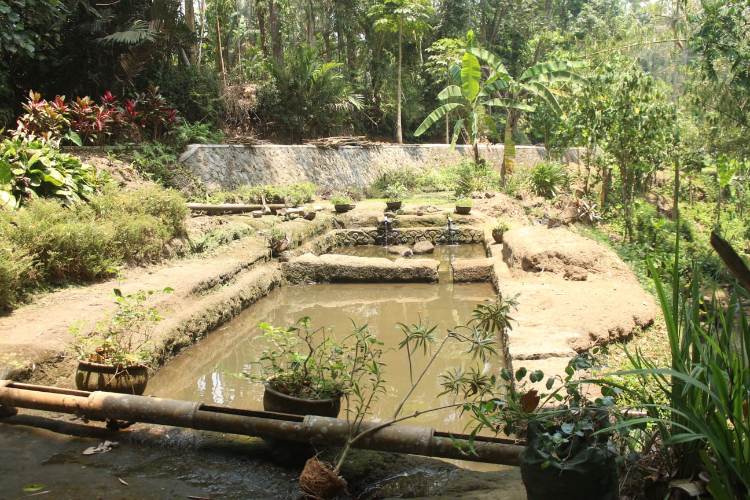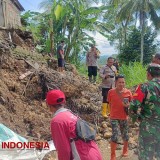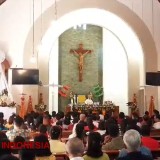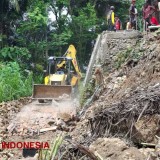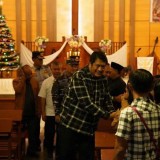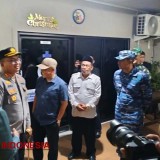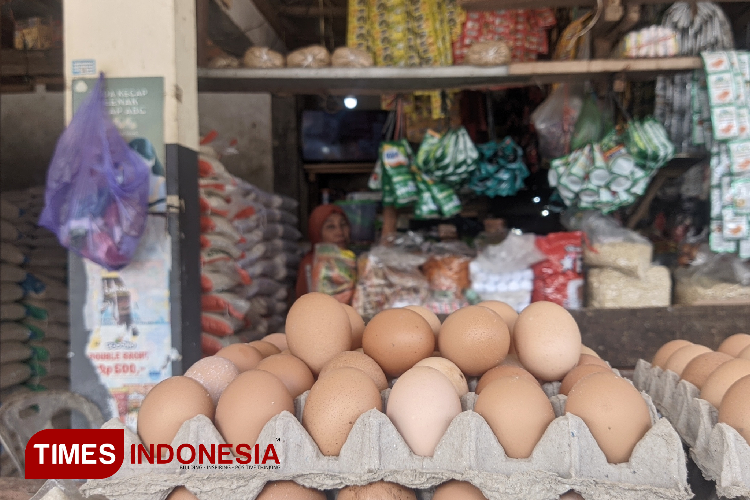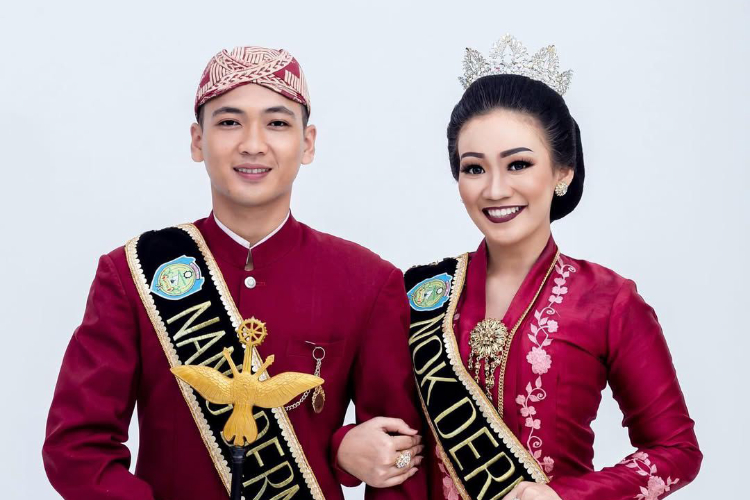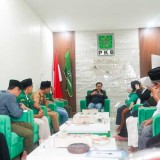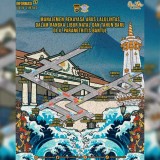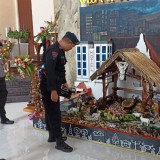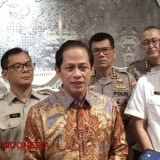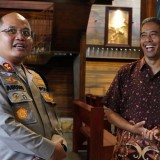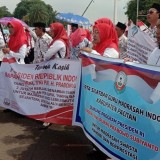TIMES HONGKONG – Nestled within a serene natural landscape, Patirtaan Ngawonggo in Ngawonggo Village, Tajinan District, Malang Regency, holds a wealth of ancient civilization history rich in culture and spirituality. This royal bathing site, believed to date back to the Majapahit era, offers a rare opportunity for visitors to experience the beauty and grandeur of a bygone era.
Considered a sacred site and a bathing place for nobility, it has become one of the region’s historical tourism attractions, blending natural beauty with enduring traditional values.
Surrounded by remnants of historic stone structures and enveloped in a tranquil atmosphere, the site not only provides a historical experience but also immerses visitors in the mystical and sacred ambiance that once formed part of royal life.
History and Function of the Patirtaan
Patirtaan Ngawonggo is believed to have served as a sacred bathing place for nobility and priests during the Majapahit Kingdom. The architectural structure still evident today showcases meticulous planning and advanced water engineering of that time.
The large stones arranged to form the bathing pools and ancient water channels indicate the critical role water played in the spiritual life of the Majapahit community. The water at this site is channeled through an ancient drainage system that continues to function today, a tangible testament to the technological advances of the past.
Moreover, historical sources such as the Warandungan Inscription or Kanuruhan Inscription from 943 AD suggest that this site may have existed since the era of Mataram Kuno or Medang Kamulan. Back then it was under the leadership of Mpu Sindok.
This site, known as Kaswangga, is thought to have been a sacred location used for religious rituals. Ken Arok, a significant figure in Javanese history, is said to have studied at this site.
Ibra, a 2022 student involved in cultural activities at the site, adds, “Based on history, Patirtaan Ngawonggo is a relic of the ancient Mataram Kingdom or Medang Kamulan. It is believed that Ken Arok studied knowledge here before becoming a prominent figure in Singhasari's history.”
Architectural Uniqueness
This site features several bathing pools constructed from large stone arrangements, with clear and fresh water flowing through them. Surrounding the site are statues that likely depict Hindu-Buddhist deities, illustrating the influence of these religions during that period.
The presence of these statues underscores the significance of Patirtaan Ngawonggo in spiritual activities and the daily lives of ancient people. Even today, the water at this site is believed by some local residents to possess spiritual powers.
In ancient times, the patirtaan served not only as a bathing place but also as a location for spiritual purification. The Javanese community lived in harmony with nature, and this bathing site symbolized their relationship with water as a source of life.
Role of the Site in Local Culture
To this day, Patirtaan Ngawonggo continues to play an essential role in various local cultural activities. Traditional events such as Suroan and Saparan are routinely held at this site, demonstrating the continuity of traditions passed down through generations.
Furthermore, this site serves as a cultural education center for the surrounding community and visitors, providing insights into the spiritual life and cultural practices of ancient Javanese society that coexisted with nature.
Ibra further emphasizes that the site also provides traditional food prepared by local residents. “The food we serve at this site comes entirely from local resources and is prepared by the community. We maintain this tradition as part of our effort to preserve local culture,” he explains.
Activities at Patirtaan Ngawonggo
Patirtaan Ngawonggo is not only a center for annual cultural activities but also a place for educating visitors. Events such as Suroan and Saparan are held each year to honor ancestral traditions.
Local residents regularly prepare traditional snacks made from natural ingredients sourced from the surrounding environment, creating an authentic atmosphere reminiscent of ancient Javanese culture.
Additionally, certain beliefs regarding the spiritual powers of this site still thrive among the local community. Offerings are frequently presented as a form of respect to ancestors and the spirits believed to guard this site.
Historical Tourism Potential
Patirtaan Ngawonggo is increasingly recognized as a historical tourism destination with significant development potential. With support from the Malang Regency Tourism Office, ongoing conservation efforts are being implemented to preserve this site.
The hope is that it can become a prominent historical tourism icon that supports local economic growth while offering a deeper understanding of Javanese civilization history.
"The primary challenge in maintaining the conservation of Patirtaan Ngawonggo lies in protecting it from weather damage and human activities. Therefore, sustainable protection and conservation efforts are crucial to ensuring that this site can be enjoyed by future generations," Rudi, the manager of the area said.
With the right attention, Patirtaan Ngawonggo holds great promise to become one of Malang's leading historical tourism destinations, where visitors can delve into the history and culture of the majestic Javanese kingdom.
Artikel ini sebelumnya sudah tayang di TIMES Indonesia dengan judul: Exploring Majapahit Royal Baths at Patirtaan Ngawonggo
| Writer | : |
| Editor | : Khodijah Siti |
